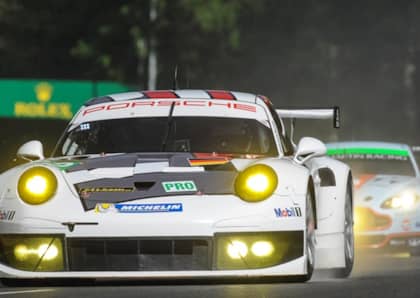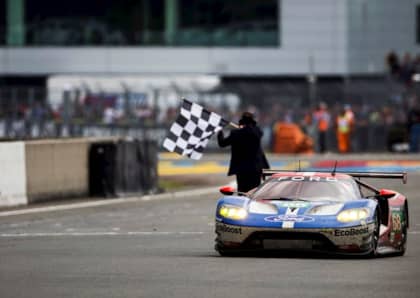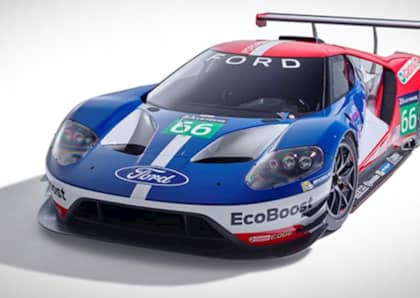A New Formula From the U.S. of A: HAAS F1
2016 is shaping up to be a huge year for U.S. motorsports in European and other international racing events. The Ford GT Supercar has been testing at Sebring with a huge rear wing and diffuser in preparation for twin attacks in both United SportsCar Championship and the FIA World Endurance Championship. There is a tremendous buzz about this car happening across the motorsports spectrum. Development is progressing furiously and Ford isn’t shy about their goal of Blue Oval dominance at the famed 24Hrs of LeMans. Actor and Porsche driver Patrick Dempsey just scored his first win in the GTE-AM Class at the Six Hours of Fuji. He will be running a full schedule in both the U.S. and Europe next year and The Dempsey Proton Racing Team is sure to score more victories both here and on the continent. 
















